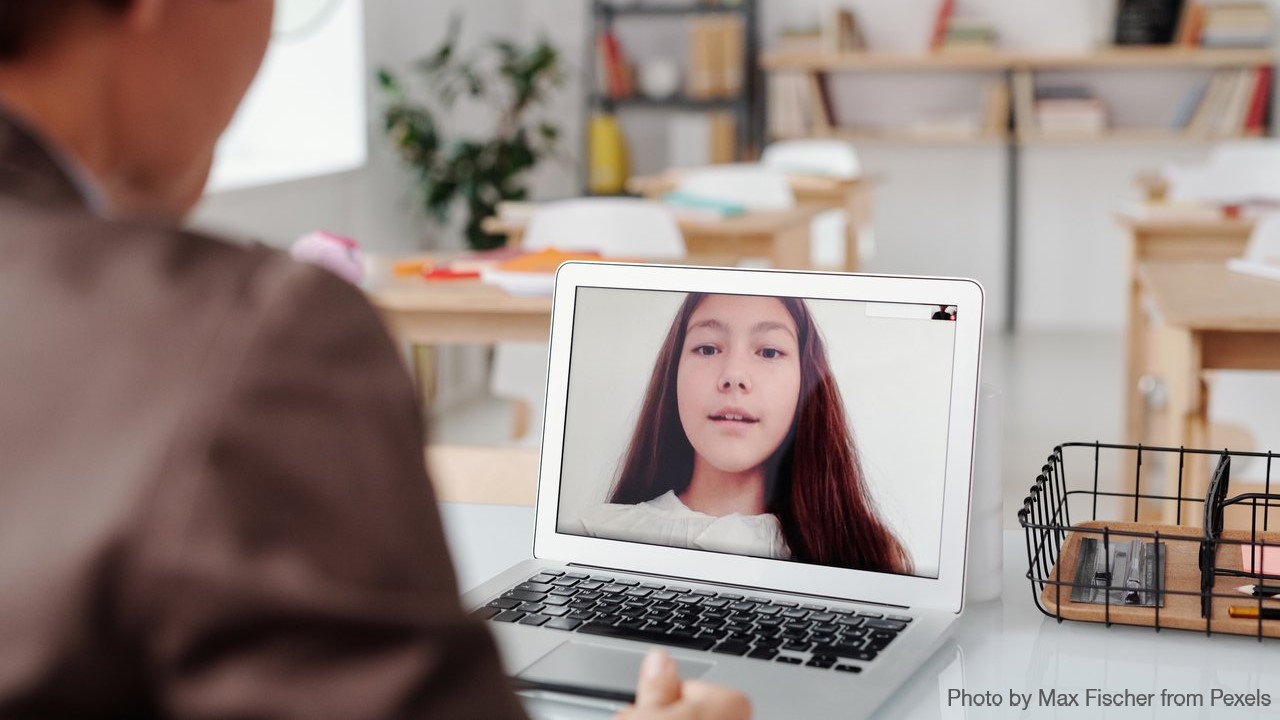
As most of us have experienced, heard from friends, or seen on the news, remote learning has its challenges. Difficulties have ranged from tech glitches and connection issues to students not showing up to any live virtual lessons. In addition to these challenges, teachers are making every effort to tailor instruction for students with special learning needs, including regular review of students’ Individualized Education Programs (IEPs) and/or 504 plans. This can be quite overwhelming for everyone involved, especially the parents at home trying to balance home responsibilities with their child’s specialized needs. How can all involved work together to support the child? Here are some recommendations to consider:
- Communicate with parents regularly. Listen to parent concerns about their child’s needs and the struggles they may be experiencing. Develop strategies that parents or caregivers can reasonably help their child with and check in to gauge progress. This may also call for being available outside of “normal business hours.” Parents who work may need flexibility with early morning or late evening conversations about their child.
- Respect student comfort level with video conferencing. If the student is having a difficult time being on camera, allow them to switch it off from time-to-time or teach them how to adjust the view so the student just sees the speaker. Let them build their confidence and comfort by setting up small group sessions then moving towards engaging with a larger group/whole class.
- Break up long live remote lessons. Some students can handle longer video conferencing sessions while others simply cannot. Create a weekly schedule for small group and whole class live sessions. In small groups, consider short live sessions with students of similar abilities and needs. These 10-15-minute blocks can include direct and guided instruction, with another 10-15 of independent activity. Also use this time to individually meet with students in a breakout room as a paraprofessional serves as “host” to the rest of the group.
- Use nonverbal signals and feedback. To keep live sessions focused and students engaged, encourage students to use nonverbal signals to communicate needs. A few common signals are thumbs up, sideways, or down to show understanding and an index finger pointing up to convey a need for time to think. Some video conferencing software also have “reaction” buttons such as applause or hands up that can be useful for feedback. Remind students when these reaction buttons can be used to minimize distraction.
- Adjust the responsibilities of the paraprofessional. In the classroom, paraprofessionals generally provided support to keep the student engaged in lessons and on task when completing assignments. For remote learning, this can still be the case in a breakout room so that the student and paraprofessional work together to complete activities. Also, have paraprofessionals help the student plan and organize work already assigned by developing an action plan for the day or week.
- Decrease workload and due dates. For example, have students complete only the odd numbered problems or questions with multiple choice answers on a worksheet. When creating questions, reduce the multiple-choice options or amount of supporting detail required. Also allow students additional time to turn in assignments or have them select a due date that is feasible considering the support at home.
- Modify assignments. When appropriate, allow students to create alternatives as evidence of their learning. For example, instead of a persuasive essay, allow them to create a persuasive video or audio recording. Instead of an online or written test as assessment, schedule a one-on-one discussion. The student could be given a copy of the assessment questions in printed form so that they are prepared for the discussion.
As much as possible, include parents and caregivers in the strategies planned and modified lesson delivery. Giving them a voice helps to bring everyone together with the common goal of helping the child progress while remote learning. Collaborate with colleagues with similar challenges and share ideas and thoughts. Clearly, this is not an easy set of hurdles to get over but with time, patience, and lots of reflection small steps can lead to success.
Boxlight has a solution to remote learning needs — MimioConnect®. With MimioConnect, teachers can customize lessons to meet various student needs such as modified assessments, private messaging, and video conferencing. To learn more about MimioConnect, go to mimio.boxlight.com/mimioconnect.


